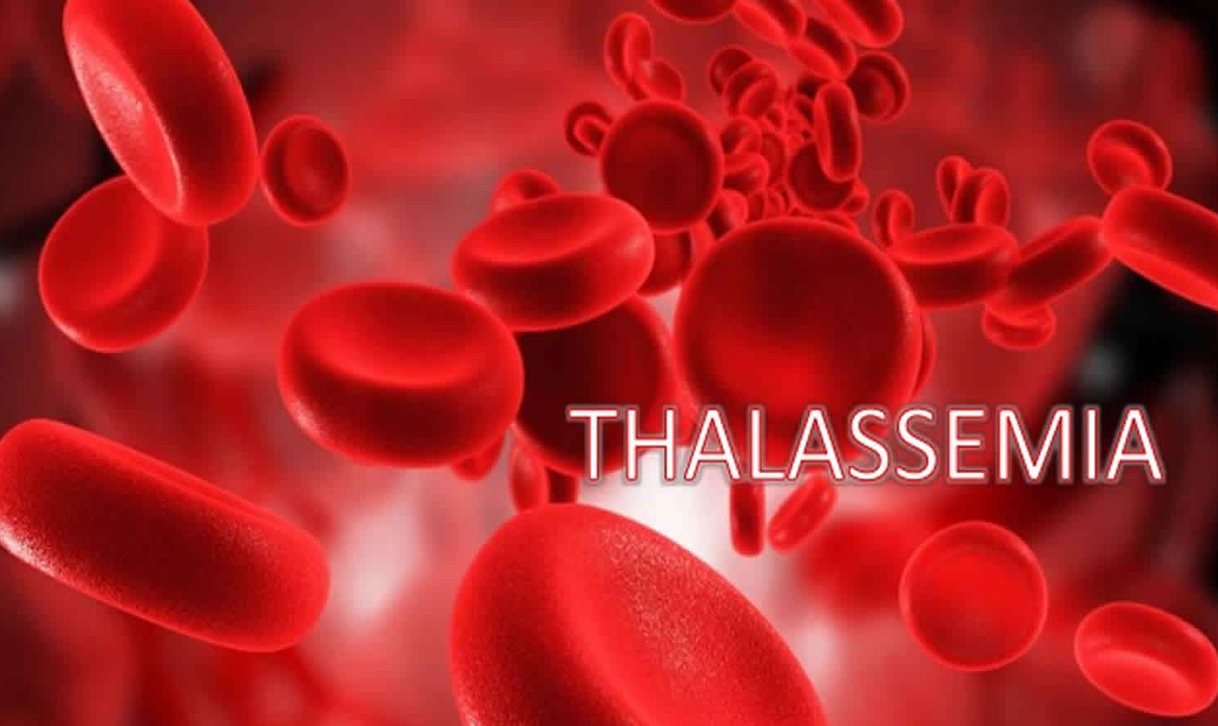THALASSEMIA
Thalassemia is an inherited (i.e., passed from parents to children through genes) blood disorder caused when the body doesn't make enough of a protein called hemoglobin, an important part of red blood cells. Thalassemia is a treatable disorder that can be well-managed with blood transfusions and chelation therapy.
Thalassemia signs and symptoms can include:
- Fatigue
- Weakness
- Pale or yellowish skin
- Facial bone deformities
- Slow growth
- Abdominal swelling
- Dark urine
For moderate to severe thalassemia, treatments might include
Frequent blood transfusions More severe forms of thalassemia often require frequent blood transfusions, possibly every few weeks. Over time, blood transfusions cause a buildup of iron in your blood, which can damage your heart, liver and other organs
Chelation therapy This is treatment to remove excess iron from your blood. Iron can build up as a result of regular transfusions. Some people with thalassemia who don't have regular transfusions can also develop excess iron. Removing the excess iron is vital for your health
To help rid your body of the extra iron, you might need to take an oral medication, such as deferasirox (Exjade, Jadenu) or deferiprone (Ferriprox). Another drug, deferoxamine (Desferal), is given by needle.
Stem cell transplant Also called a bone marrow transplant, a stem cell transplant might be an option in some cases. For children with severe thalassemia, it can eliminate the need for lifelong blood transfusions and drugs to control iron overload.
This procedure involves receiving infusions of stem cells from a compatible donor, usually a sibling
